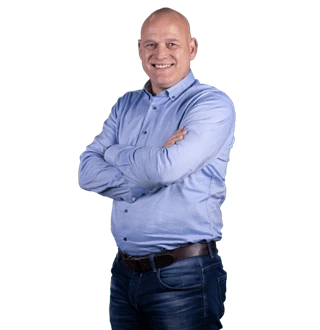


Refresco is Europe's largest producer of soft drinks and fruit juices. To produce these drinks, the company itself extracts spring water from the ground. As a leading company within the industry, Refresco has a great responsibility towards its products, employees and environment. That is why there is a QESH (Quality, Environment, Safety and Health) department consisting of 8 people. Marcel Suntjens, QESH manager, explains why Refresco uses Smart Sensoring in their water monitoring activities.
Every 10 minutes we receive the desired groundwater data via telemetry

'At our location in Hoensbroek we have access to six wells, varying from 100 to 130 meters below ground level. Of these wells, four are recognised as spring and natural mineral water. We are of course very careful with this water, because water is our raison d'être', says Suntjens. 'Well-recognised sources must be protected from above, below and from the side so that no foreign water enters. That is why we monitor the water in the source, both analytically and in height.'
'Ultimately, our aim is to extract as little water as possible from the soil. Therefore, an important KPI for us is the so-called water factor: the amount of water needed to make one litre of lemonade. We want to keep this water factor as low as possible. One of the factors that influences this water factor is the way in which we switch sources. A well should not be turned on or off too early, and no tanks should overflow. We are also currently working on the implementation of frequency-controlled pumps. By monitoring, we want to get a better picture of what is happening down there in the ground in order to ultimately make optimal use of the available water.'
'We used to check the springs with a tape measure and we recorded the levels manually. Now we are taking a more professional approach by monitoring via telemetry. Each well is equipped with its own Diver water level logger and GDT-S Prime modem. There's even a resource with multiple Divers and a GDT-M to monitor different layers. We use it to monitor both spring and ground water.'
'Besides saving a few hours per month per spring, we now have much more data at our disposal and that is our main concern. Where we used to get data once every two weeks, we now get it every 10 minutes. This allows us to immediately see the effect of what happens in the source when you switch a pump on or off and whether there is interaction between different sources. Fortunately, the latter is not the case.'
'I think there is only one company that can do this. We have used equipment from Royal Eijkelkamp in the past, but nowadays it has all become a lot easier. For example through the GDT-S Prime modem. You receive all the desired data and see what is happening from behind your desk.'

Need help for your soil or water related project? Our specialist Erik is happy to help.